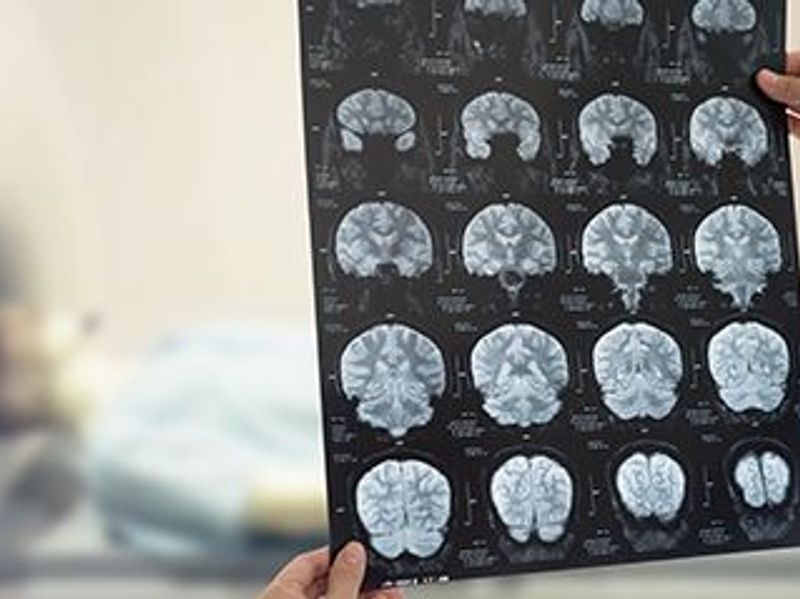Better functional outcomes but more intracranial hemorrhages seen with endovascular therapy plus medical care versus medical care alone
THURSDAY, Feb. 16, 2022 (HealthDay News) — Patients with large cerebral vessel occlusion and sizable strokes on imaging have better functional outcomes at 90 days, but more intracranial hemorrhages, with endovascular therapy plus medical care versus medical care alone, according to a study published online Feb. 9 in the New England Journal of Medicine to coincide with the American Stroke Association International Stroke Conference, held from Feb. 9 to 11 in New Orleans.
Shinichi Yoshimura, M.D., Ph.D., from the Hyogo College of Medicine in Nishinomiya, Japan, and colleagues conducted a multicenter trial involving patients with large cerebral vessel occlusion and sizable strokes on imaging. Patients were randomly assigned to receive endovascular therapy with medical care or medical care alone (101 and 102 patients, respectively). Alteplase was used in both groups, as appropriate.
The researchers found that the percentage of patients with a modified Rankin scale score of 0 to 3 at 90 days was 31.0 and 12.7 percent in the endovascular therapy and medical care groups, respectively (relative risk, 2.43). There was an improvement of at least 8 points on the National Institutes of Health Stroke Scale score at 48 hours in 31.0 and 8.8 percent of those in the endovascular therapy and medical care groups, respectively (relative risk, 3.51), while any intracranial hemorrhage occurred in 58.0 and 31.4 percent, respectively.
“Among patients with acute stroke and a large ischemic region, functional outcomes at 90 days were better with endovascular therapy and medical care than with medical care alone, but endovascular therapy was associated with an increased incidence of intracranial hemorrhage,” the authors write.
Several authors disclosed financial ties to the pharmaceutical, medical device, and other industries.
Copyright © 2021 HealthDay. All rights reserved.








